Wrist Injuries 101: Who knew they could be so complex?
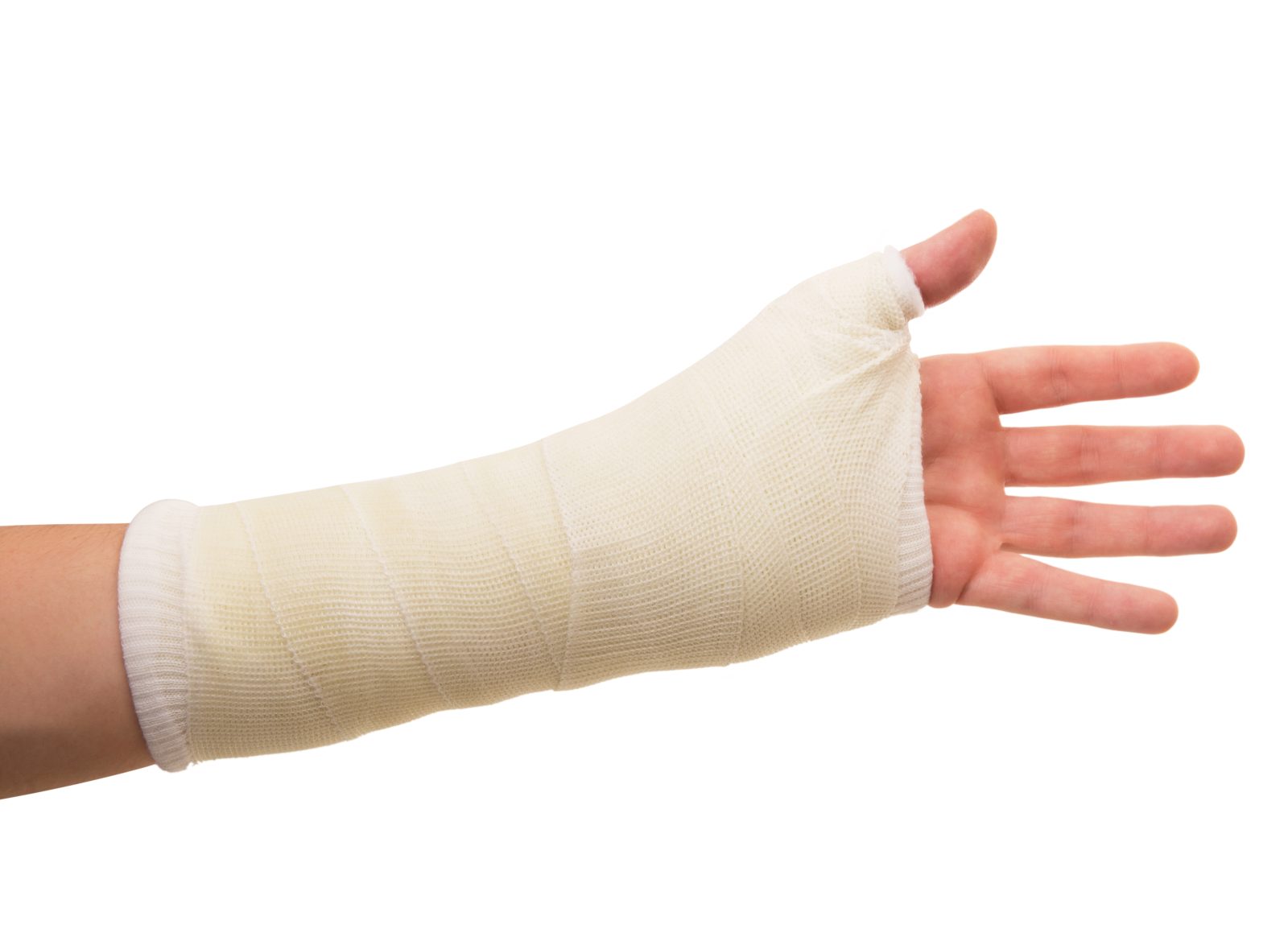
Today we dive into the world of wrists. This complex structure allows you to perform a normally mundane task efficiently without thinking. But, until you injure your wrists can you fully appreciate this mighty joint.
Joints
Made up of primarily the radoiocarpal joint (Radius and carpal bones) and the mid carpal joint (carpal bones). These 2 joints allow the wrist to perform a bulk of its ability including flexion/ extension/ ulnar deviation/ radial deviation. Many of the muscles that control the wrist are located within the forearm. A weak wrist will often have deficiencies in the position of the wrist due to tension (or lack of) in the tendons.
Carpal Bones
There are approximately 8 carpal bones within the wrist itself. These 2 rows of bones are bound tightly together by strong but small ligaments. These first row of carpal bones are as follows:
- Scaphoid
- Lunate
- Triquetrum
- Pisiform
The second row of carpal bones closest to the hand:
- Trapezium
- Trapezoid
- Capitate
- Hamate
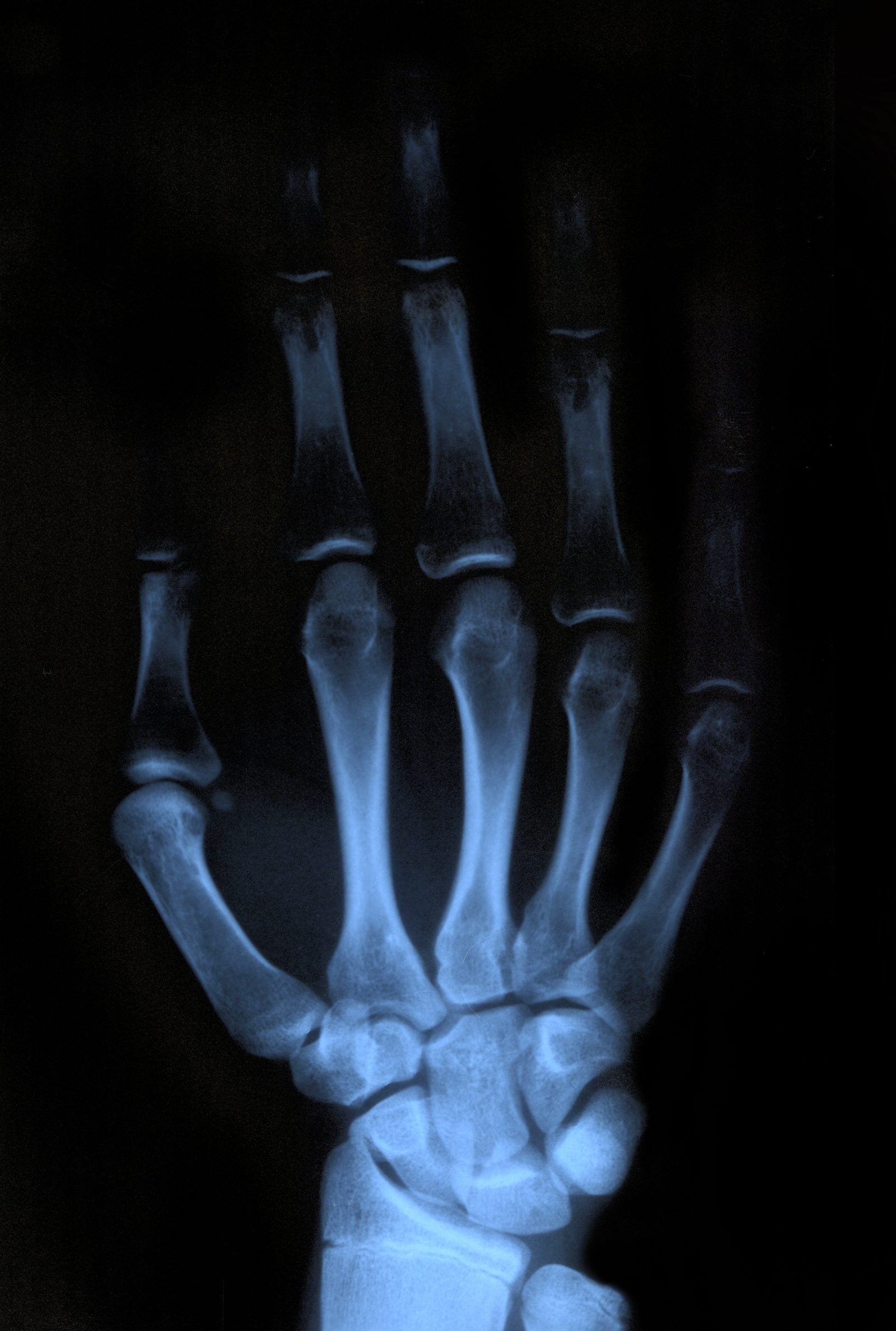
Carpal muscles
Primary and secondary extensor Muscles of the wrist include a set of 7 different muscles that start in the forearm. There are an additional 8 primary and secondary muscles on the flexor side (Palm) of the hand the primarily start in the forearm.
Scaphoid fracture
The scaphoid bone is most vulnerable to compression related fractures. It is located in the direct path for force transmission and accounts for 60%-70% of all carpal bone fractures. This often occurs with the fall on an outstretched hand (FOOSH). Most often patents will have tenderness in their ‘snuffbox’ of the wrist. It is difficult to find due to the size of the fracture and inability to see on an X-ray. A scaphoid fracture must be taken seriously due to its inability to heal and distance away from blood vessels. This risk of ‘non-union’ during healing can lead to necrosis and instability in the carpal bones. Healing often involves surgery and immobilization for 12 weeks if its at the proximal pole. Fractures at the distal pole can often heal without surgery due to proximity to blood vessels.
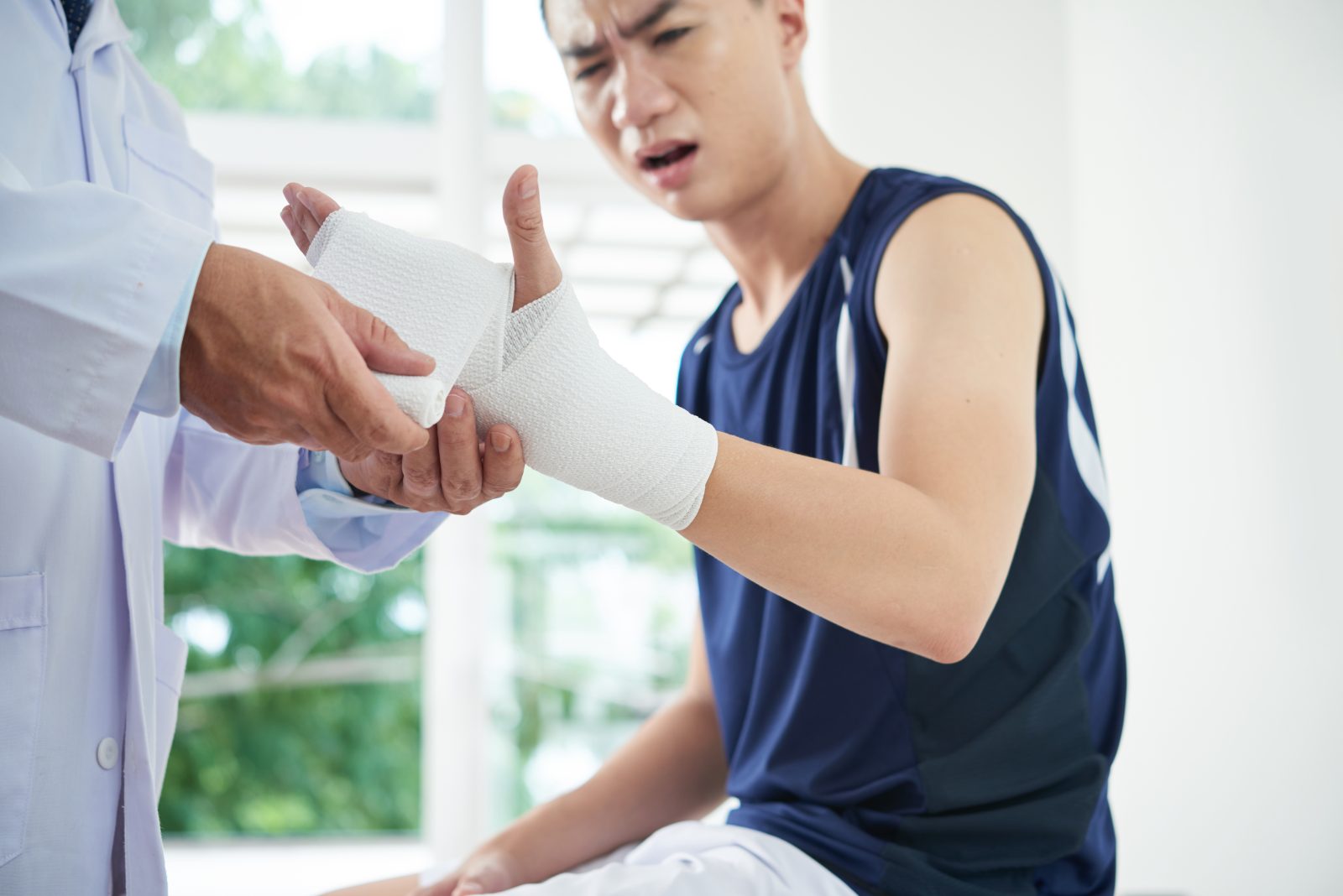
Carpal tunnel
The carpal tunnel sits on the Palmar side of the wrist covered by a thick fibrous connective tissue called the transverse carpal ligament. This ligament forms the tunnel and within sits flexor tendons including:
(4) Flexor digitorum superficialis
(4) Flexor Digitorum Profundus
(1) Flexor Policis longus
(1) Median Nerve
As you can see, there is little room for error within this small tunnel. It is thought that carpal tunnel syndrome is derived from inflammation within the fluid that causes swelling and thickening of the fluid inside pressing agains the median nerve creating the numbness/ tingling sensation within the hand.
Wrist sprains
Like we discussed above, a FOOSH often includes external rotation of the arm, abduction (away from body), and wrist extension. This wrist extension is the first body part to endure the force moving through the arm and often the victim of injury. With extension of the wrist, it places the palmar flexor tendons taught, putting them directly in line for an injury. A skilled primary care provider or physical therapist will run the patient through a series of tests to determine which tendons were effected based on the tendons attachment point within the hand. Sprains can take anywhere from 2-8 weeks to heal depending on severity of the sprain and how much tissue was affected.

Wrist strength
Like anything within the body, it can adapt and get stronger over time with repetitive/ consistent training. Look at gymnasts and how much they put their wrist joints through continuous stress. They have to have proper warm up/ cool down and training to handle this amount of stress otherwise they won’t last! Its the same for snowboarders or skiers. There is only so much we can prepare for prior to a fall but with the proper strength training, we can better protect ourselves pre/post injury. My best recommendations for wrist injury prevention include:
- Learning how to fall
2) Wearing wrist guards under gloves
3) Strength training isolation
The caveat here is most forearms are being strengthened during resistance training. As someone who has endured previous scaphoid fractures in the past, I need to be diligent about isolated strength to prevent injury and discomfort.
References:
Neumann, D. A., & Kelly, E. R. (2017). 7. In Kinesiology of the musculoskeletal system: Foundations for rehabilitation(pp. 216–243). essay, Elsevier.
Browner, B. D. (1998). Skeletal trauma: Fractures, dislocations, ligamentous injuries. Saunders.

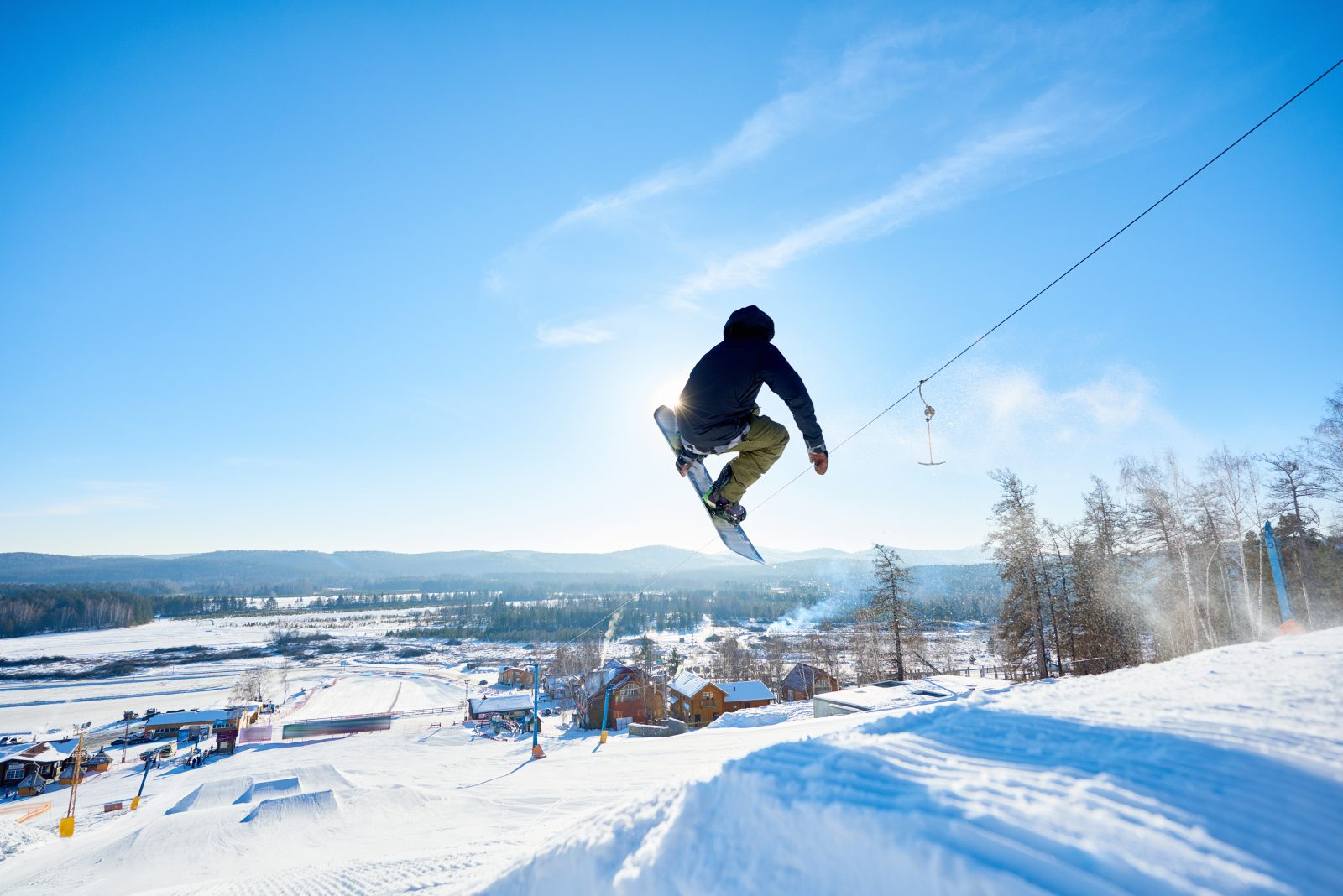
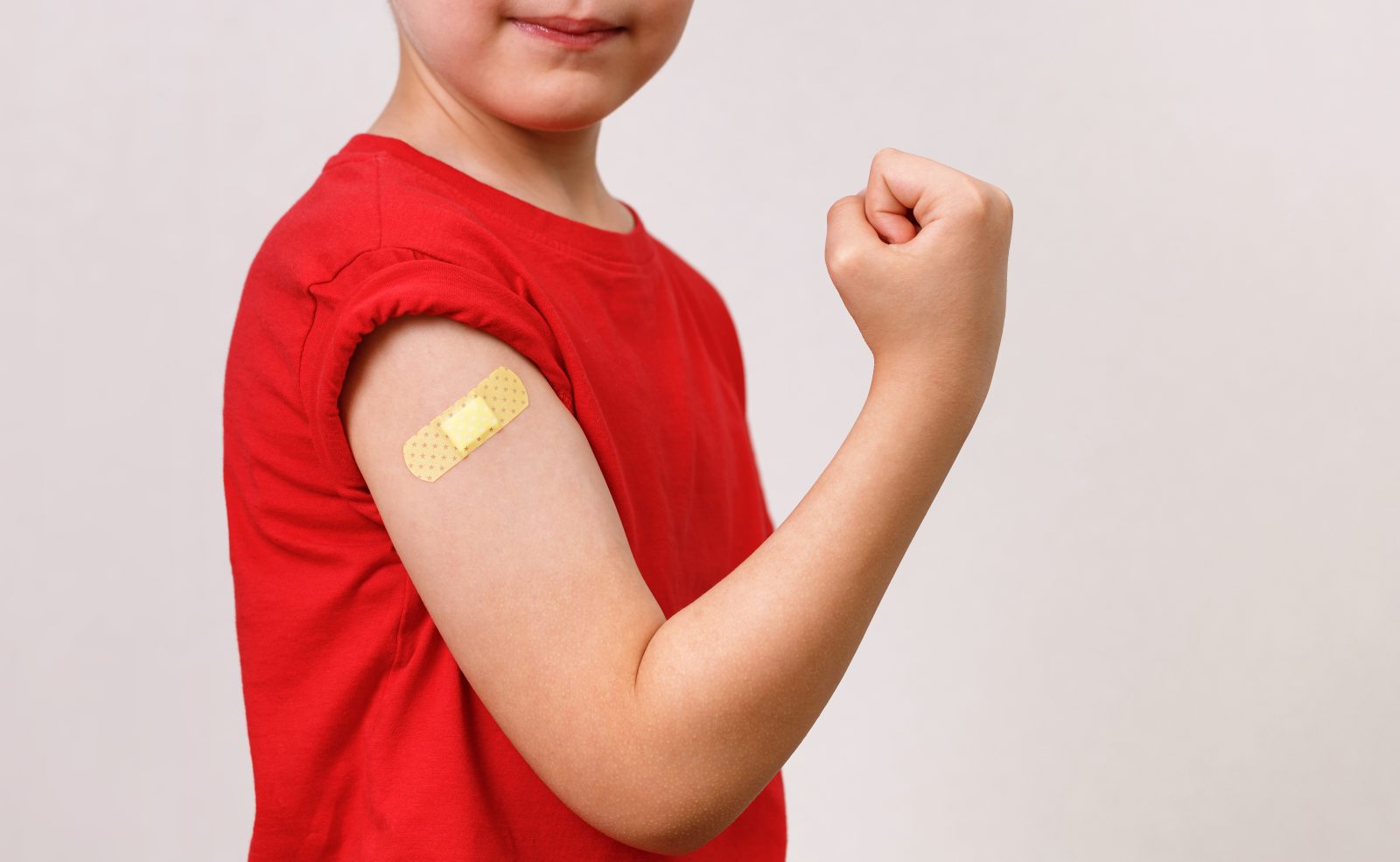
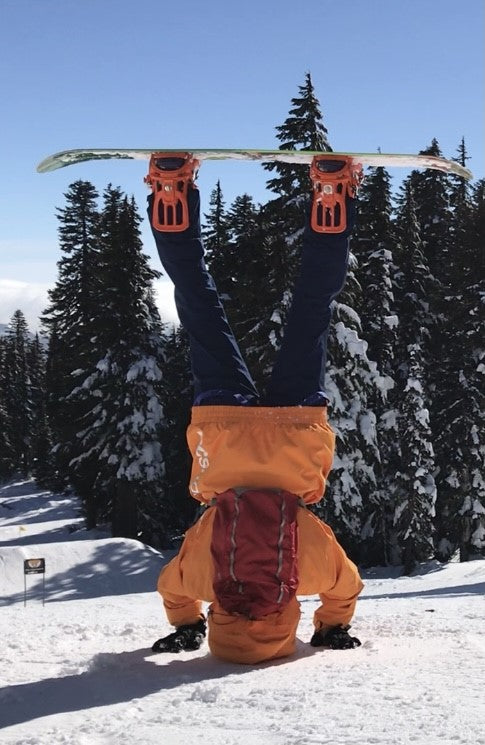
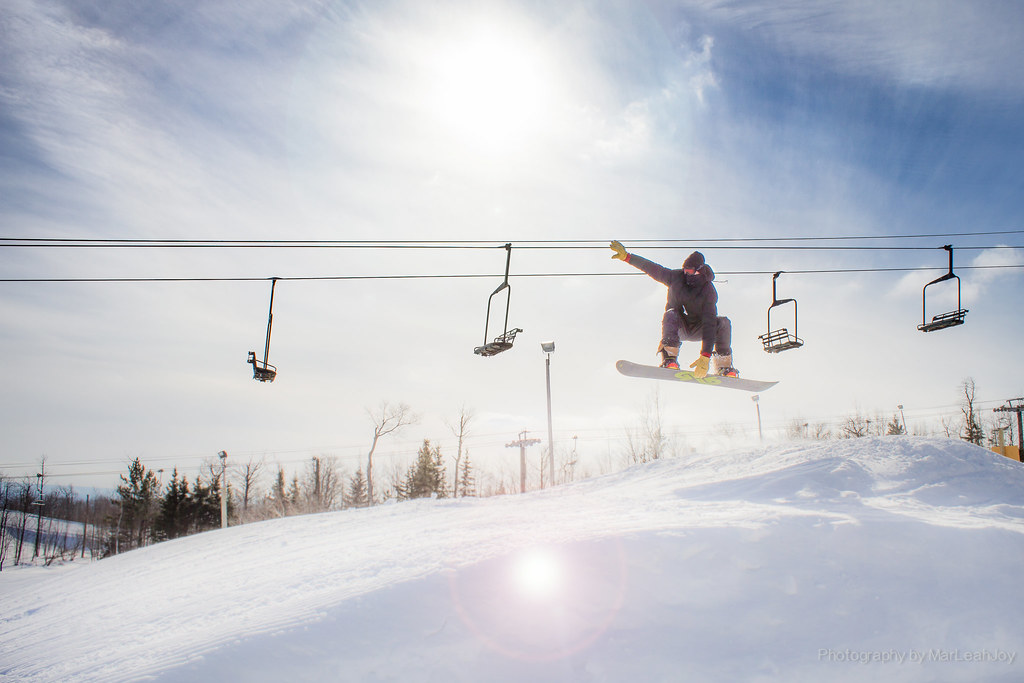
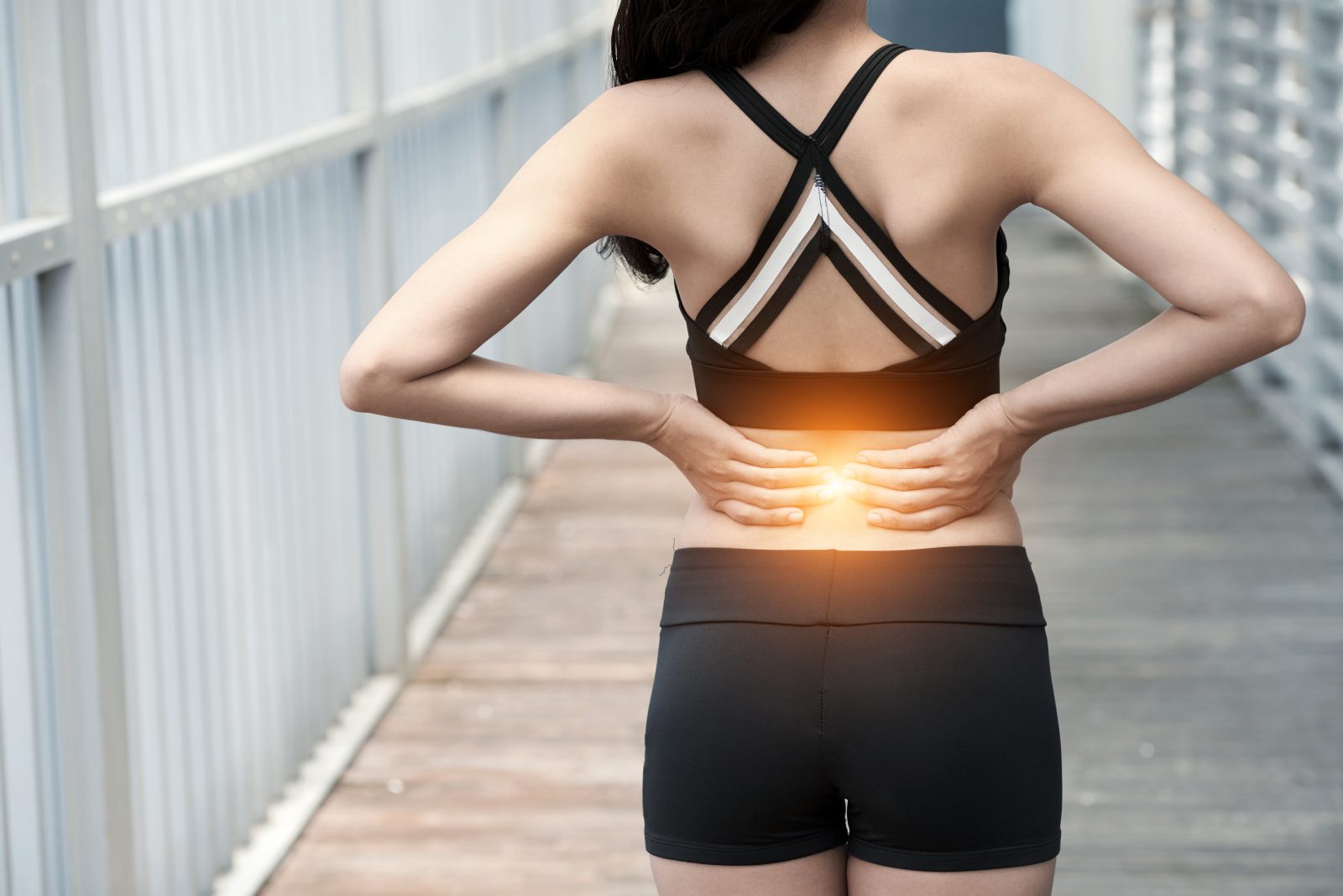
Responses